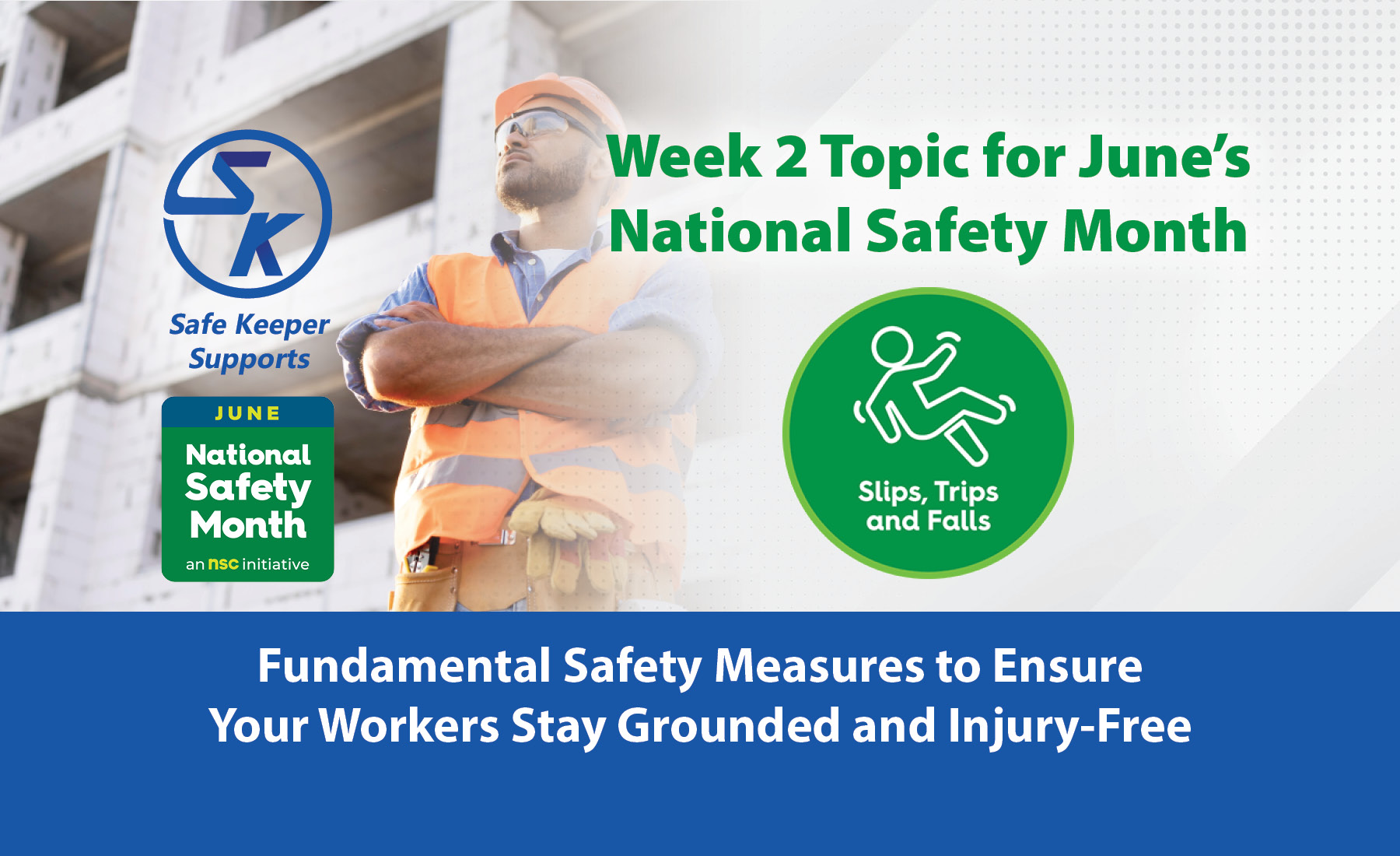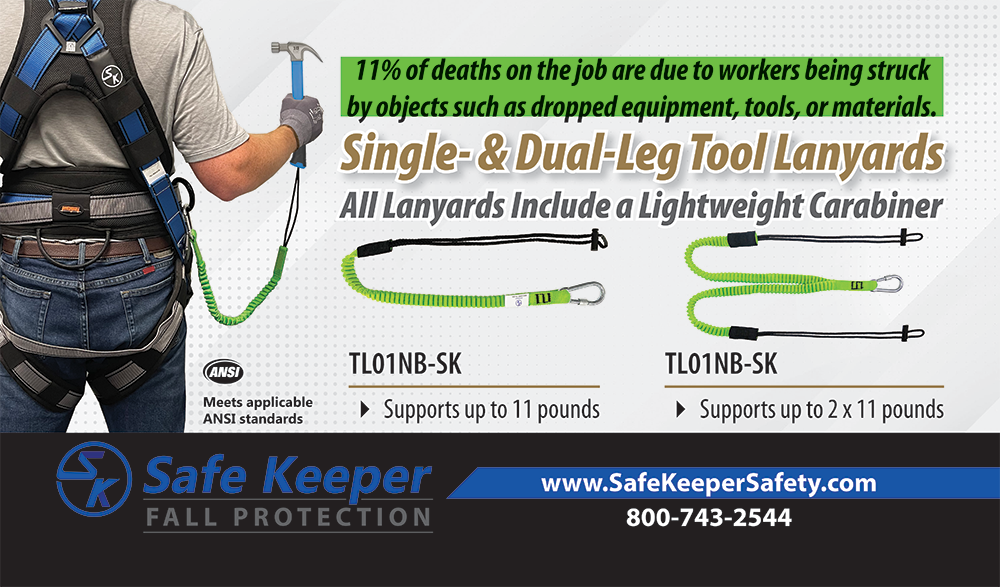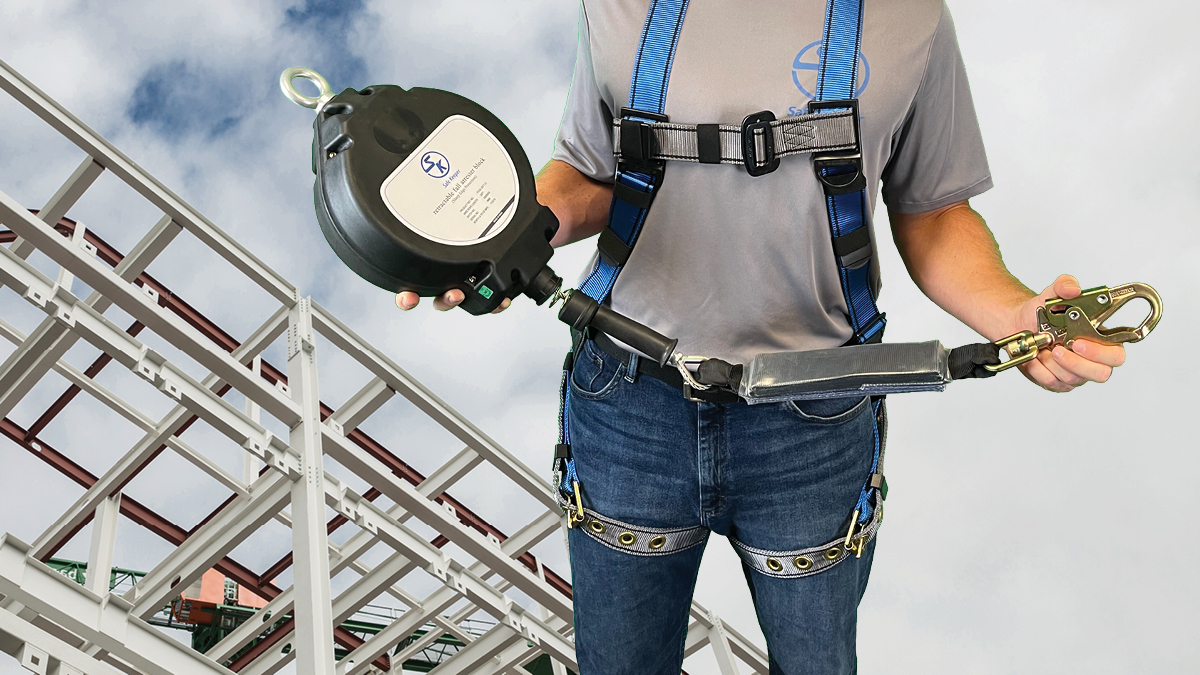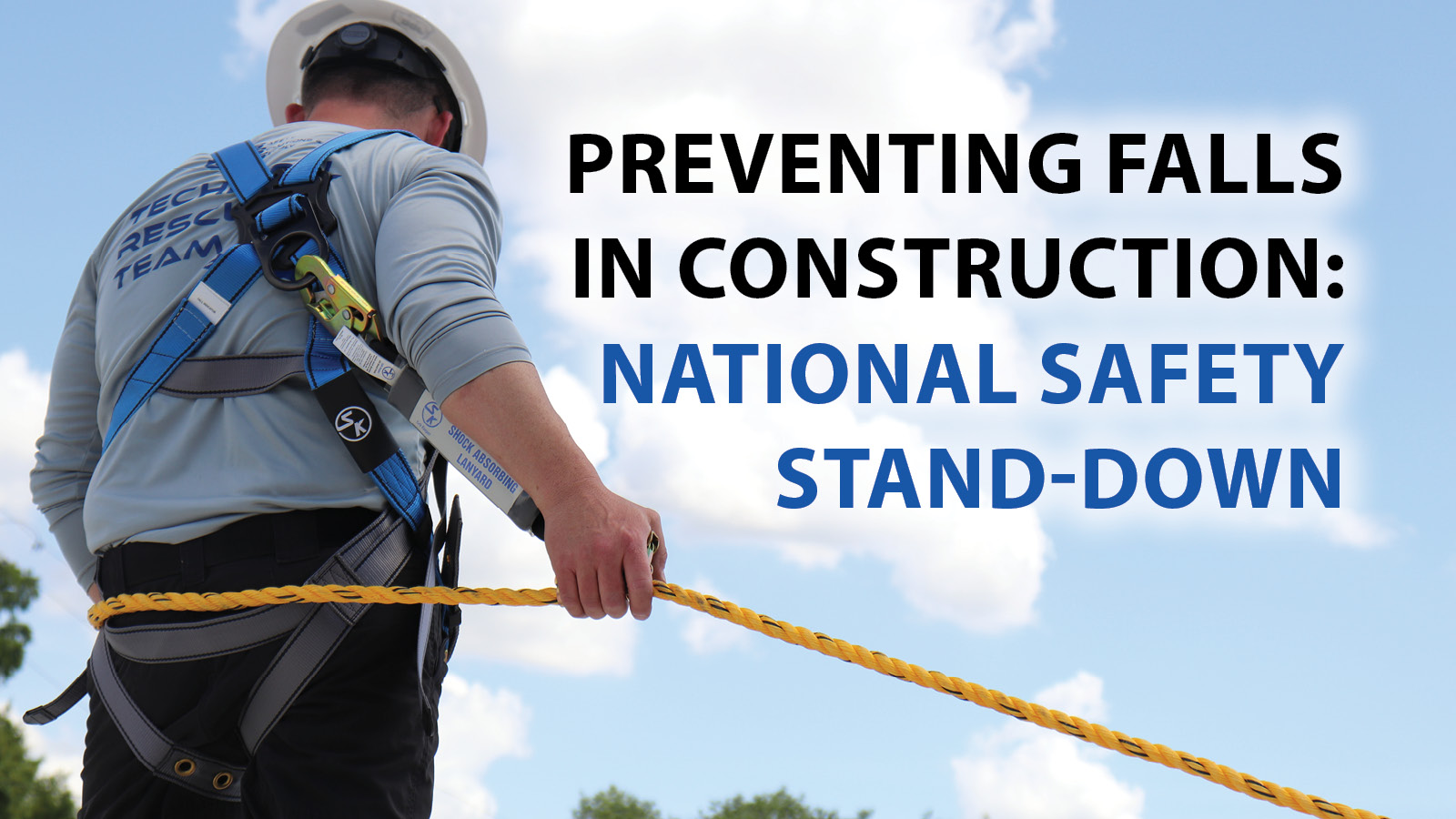Fall protection should be on the frontlines of any company’s safety protocols where workers are performing tasks four feet or higher above lower levels.
The construction industry is full of dangers, and the most common hazard is falling. According to OSHA, falls cause more deaths in construction than any other hazard, accounting for a third of all construction deaths in 2019.
However, the dangers of falling can be mitigated with safety protocols, such as those set forth by OSHA. We’re here to talk about the basics of fall protection and ensure your company has safety protocols in place to keep workers safe.
Fall Protection Basics
There are three areas that should be considered first and foremost when formatting safety protocols. They are as follows.
Ladders
Falls from ladders are a common cause of injuries and death. Protocols for ladders should include:
- Ladders should be routinely inspected for damage, with damaged ladders being taken out of service until repaired.
- Ensure straight ladders are long enough so that the side rails extend above the top support point by at least 36 inches.
- Ladders should only be set up in doorways or walkways with barriers around them.
- Set ladders on solid footing against a solid support. Do not try to extend a ladder’s length by standing it on planks, boxes, etc.
- Place a straight ladder’s base away from the wall or edge of an upper level approximately one foot for every four feet of vertical height.
- Don’t run cords, ropes, or wires through a ladder.
- Use a ladder as intended. Don’t splice two ladders together, use ladders as scaffolding, or try to use a step ladder as a straight ladder.
- Tie in, block, or otherwise secure the top of a straight ladder to keep it from shifting.
- Face a ladder when climbing, hold on with two hands, don’t lean to the side, make sure shoes are free of liquids, and don’t try to carry materials or tools while climbing.
Scaffolding
Scaffolding presents a fall risk as it is meant to allow employees to work high in the air. Protocols for scaffolding should include:
- Design scaffolding to OSHA standards and manufacturer’s specifications.
- Don’t use non-scaffolding items as scaffolding.
- Inspect scaffolds daily.
- Use access ladders. Don’t climb scaffolding cross-bracing or end frames to access the scaffold.
- Do not stockpile materials and tools on scaffolding; keep the platform and area around the scaffolding neat and free of unnecessary items.
- Don’t overload scaffolds; place needed materials or tools over ledger and bearer points.
- Place mobile/rolling scaffolding on level surfaces, ensuring the castor brakes are locked; never “ride” on a mobile scaffold.
- Floats, needle beam scaffolds, or suspended scaffolds require the use of personal fall protection equipment that is tied off to an anchorage point from a lanyard, lifeline, and/or deceleration device.
- Ensure safety lines and ropes are protected from fraying, burning, being cut, etc.
Roofing
Roofing presents obvious safety risks, and roofing falls are the leading cause of death on construction sites. Roofing safety protocols should:
- Eliminate fall hazards such as unprotected leading-edge work, wall and floor openings, hoist areas, poor working surface integrity, and more.
- If fall hazards can’t be eliminated, use fall restraints and personal fall arrest systems like anchorage for lifelines, lanyards, body harnesses, or deceleration devices.
- Inspect personal fall arrest systems daily.
- Train workers to recognize hazards.
Let Safe Keeper be your go-to supplier of fall restraints and personal fall arrest systems like harnesses, lanyards, anchor solutions and accessories, and more! Contact us for more information.




